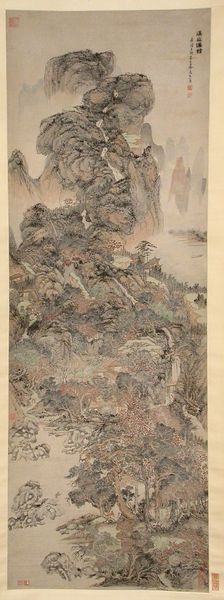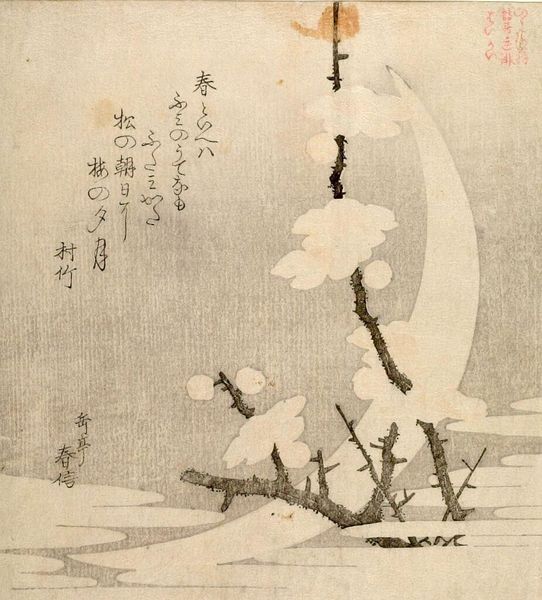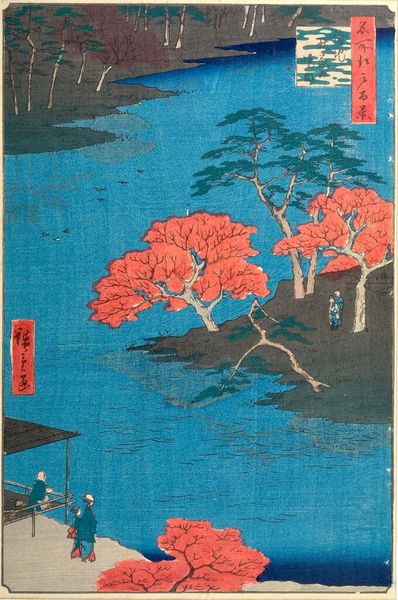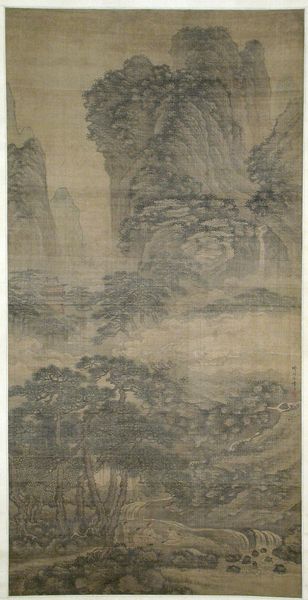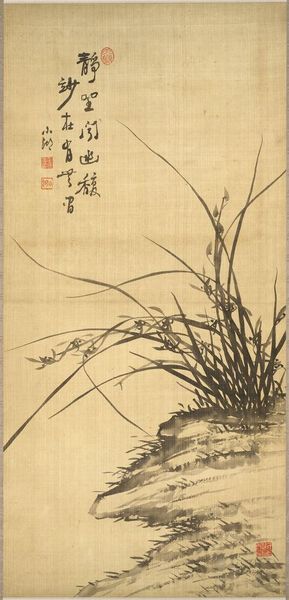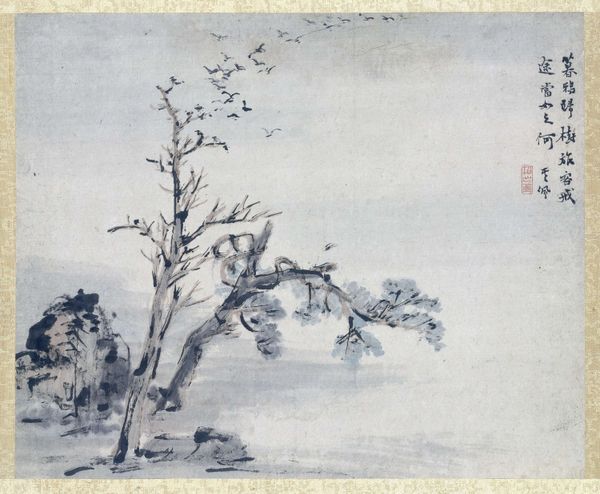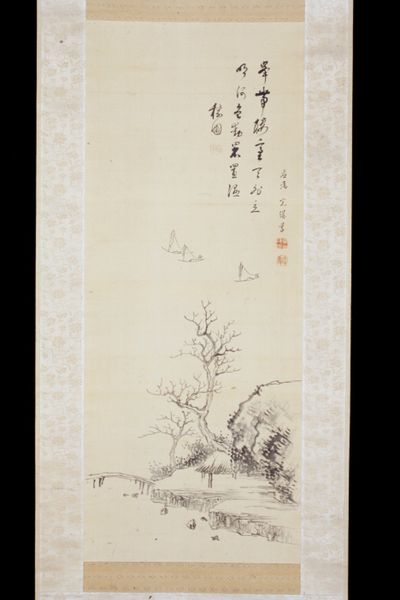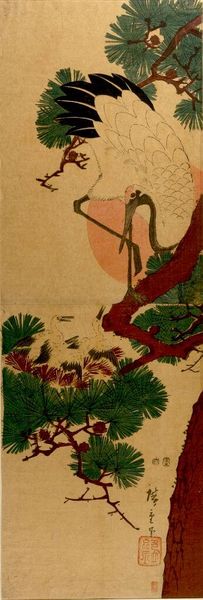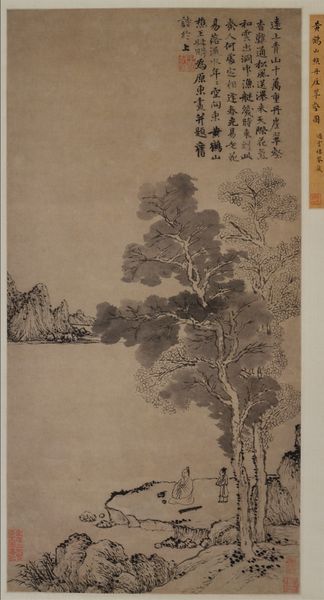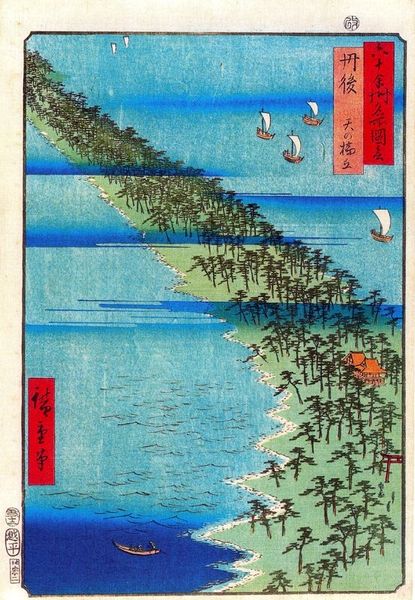
drawing, ink
#
drawing
#
ink painting
#
asian-art
#
landscape
#
figuration
#
ink
#
line
Dimensions: Image: 33 5/8 x 11 1/4 in. (85.4 x 28.6 cm) Overall with mounting: 85 x 17 1/8 in. (215.9 x 43.5 cm) Overall with knobs: 85 x 20 5/8 in. (215.9 x 52.4 cm)
Copyright: Public Domain
Editor: Here we have Li Yu's "Landscape," created in 1648. It’s an ink drawing, and it strikes me as very delicate, almost dreamlike. What stands out to you when you look at it? Curator: What interests me immediately is the materiality. Look at the silk it's drawn on and the specific ink used. The way the ink interacts with the silk affects every line, doesn't it? The very controlled application of these simple materials suggests a deeply intentional production process. Editor: I hadn’t thought about that so directly, but yes, you’re right! It looks very controlled. What does that suggest to you, thinking about its historical context? Curator: Think about the social status of the artist at the time. Ink painting like this was deeply embedded in literati culture; mastering these materials wasn't just a technical skill, it was about engaging with a whole system of values tied to scholarship and class. Were these materials accessible to everyone? Or did the materials contribute to the artistic meaning of the drawing? Editor: So the labor and resources become part of the artwork itself? Curator: Precisely! And also, the absence of colour in this medium becomes critical. The simplicity becomes tied to larger socio-cultural meanings related to elegance, austerity, intellectual values, or personal circumstances. What happens if this landscape had been a massive public mural created with more abundant materials? Editor: I suppose it changes the entire meaning and even our appreciation. Thanks for pointing out those material elements. I'm looking at it from a whole new perspective now. Curator: It’s important to examine how artistic traditions, like landscape painting, were shaped by—and in turn, shaped—access to materials and the meanings we ascribe to them. There’s so much we can unearth about labour and artistic processes once we see art as embedded within historical, material contexts.
Comments
No comments
Be the first to comment and join the conversation on the ultimate creative platform.

